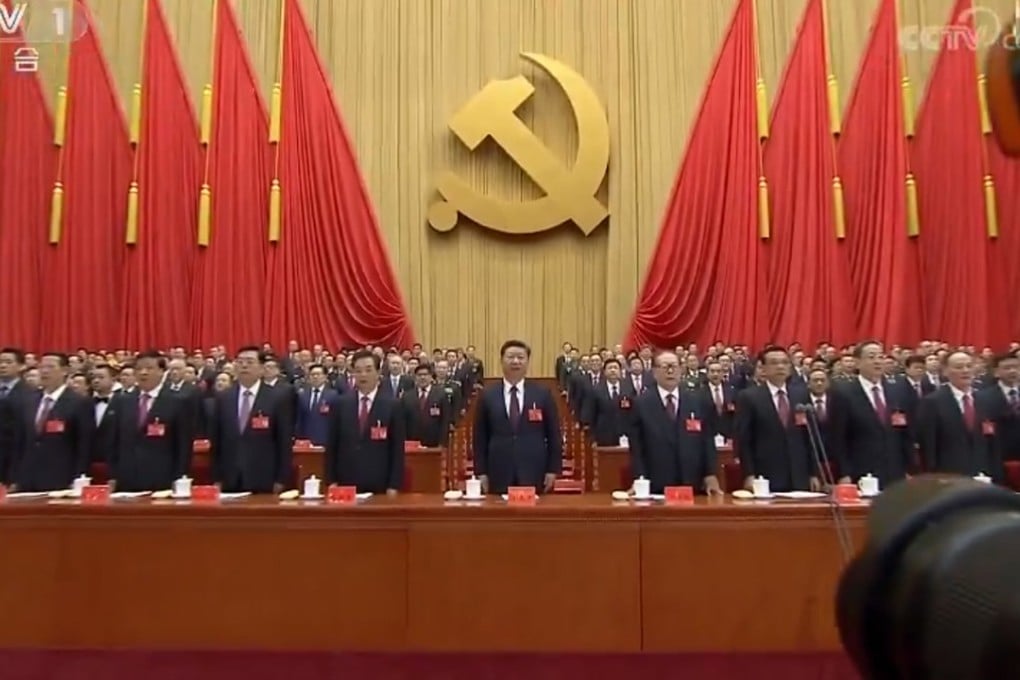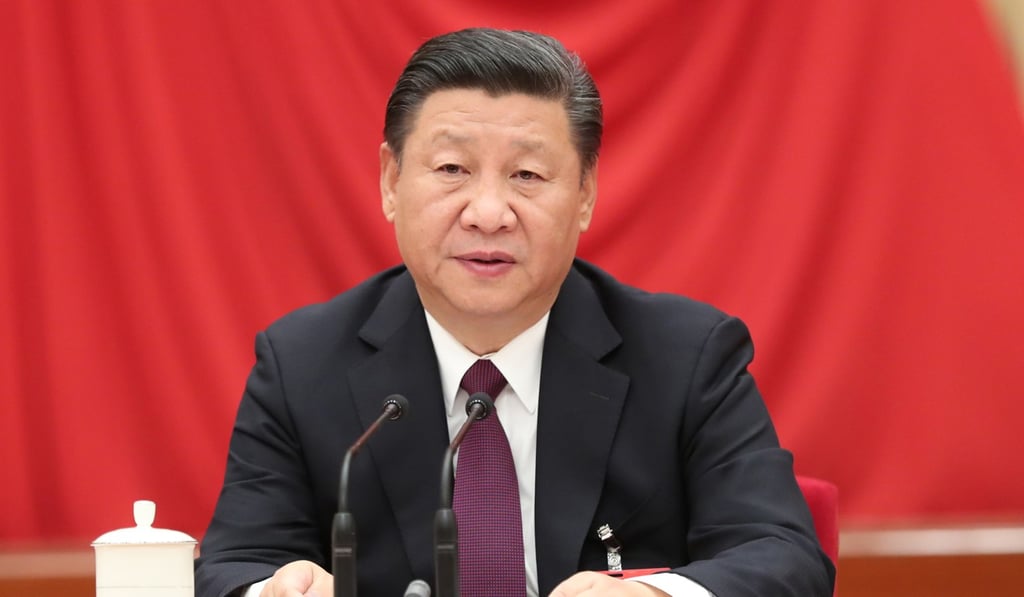Asian Angle | Opinion: China’s Asia vision harks back to 1945, with one difference - money
The Nationalist Party’s post-war plans for Asia inspired many, but were undermined by a dire economic situation. Seventy years on, the Communist Party’s ideas have far more potency

The current congress does indeed have huge implications for Asia as a whole. However, it is not the first time a Chinese government has tried to reshape the region. And comparing today’s Communist Party with its Nationalist predecessor at the end of the second world war raises some similarities – and at least one important difference.

The major reason that China’s word is now taken so seriously, compared to 1945, is simple: money. After the second world war, China was a broken society. It had resisted the Japanese for some eight years of widespread conflict, but the effects of that conflict had been devastating. Thousands of miles of railways and roads damaged or destroyed, millions of civilians dead, and widespread disease and malnutrition.
The real message for the world in China’s first global congress
Members of the Chinese government at the time, such as the former historian Jiang Tingfu, saw an opportunity here. By reconstructing its economy and society, he argued, the war could produce some positive results for China’s future. Furthermore, a reconstructed China could act as an example for the many colonies in the region seeking freedom: Malaya, Korea and Indonesia among them.
Watch: Beijing readies itself for the 19th Communist Party Congress

